By Josh Cosford, Contributing Editor
Hydraulic fittings and adapters are often assumed to be the same. Any given technician installing components during plumbing will tend to use the verbiage familiar to him or her and will use the words interchangeably. Of course, they are not the same, or they wouldn’t be segregated as two words in the English language!
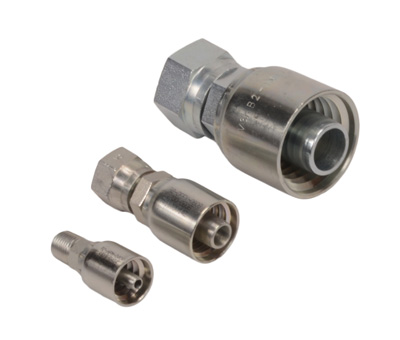
Fittings install into other major components to allow plumbing of hoses and tubes that wouldn’t otherwise be possible. You install fittings into the work ports of pumps, motors, cylinders and valves to facilitate connection of tubes and hoses to these major components.
For example, a cylinder may have O-ring boss female ports machined into its head and cap, and although some hydraulic hose ends are available with ORB male ends, they are rare. More often than not, the ORB port has a fitting installed with either JIC or O-ring face male, while the hose is manufactured with the corresponding JIC female or ORF female end. This configuration allows for easy installation and removal, and in the off chance there is damage to the threads, it’s easier to change a fitting rather than an entire hose.
Fittings for hydraulic application are often made from forged and machined steel, which are extremely strong and rigid. Occasionally, fittings are machined from steel billet, although this is rare. The fitting will include a thread corresponding to the component’s port, but on the other end will include a thread corresponding to the hose end thread form.
Adapters are components manufactured to join two or more thread forms or sizes to one another. In some cases, adaptors may also be fittings. For example, if the ORB female cylinder port I spoke of earlier needed to attach to a female JIC hose end, the adapter fitting would be ORB male by JIC male. I should note, ORB adapters are almost always fittings, since their very nature defines a “boss” as a female port in a component.
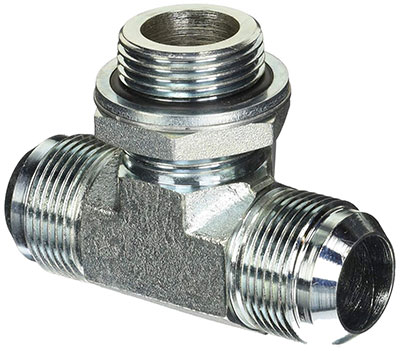
Outside of a fitting, adapters allow the interchange of competing component standards, such as SAE, JIC, Metric, JIC and NPT, to name a few. We’re not so lucky to enjoy one standard, so sometimes you need to join a metric hose end to a BSPP fitting, requiring an intermediate adapter to join the two. Adapters could also be used to join or split plumbing, such as a run or branch tee, which itself may have other adapters installed into it to accept multiple standards of hose ends for a single connection.
Adapters allow the attachment of unequal size components as well. Consider the rare occasion when optional components are installed into a system yet they just happen to have the same port sizes. Going from one diameter to the next requires an adapter. The adapter may have two female, two male or one of each type, but will always exist with different sizes on each end. Some adapters are jump sizes, going up two or more standard sizes, such as from ¼ in. NPT right up to ½ in. NPT.
Adapters provide creative solutions, as well. A hydraulic hose may have 1 in. JIC connections, so a run tee adapter with one end 1 in. JIC female, one end 1 in. JIC male and the third with ¼ in. JIC male will allow a test point or pressure gauge to be added inline to that section of plumbing.
Although used interchangeably, fittings and adapters vary by name only based on where and how they’re used. When in doubt, consider fittings to be what goes into the components you’re plumbing, and adapters to facilitate plumbing the rest of the system together.


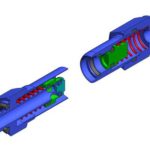
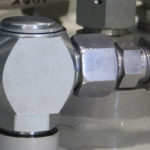
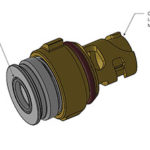
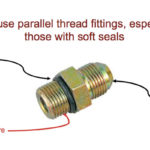
[…] fittings and adapters are often assumed to be the same,” as stated on Hose Assembly Tips. These two components are not the same, and each one has its purpose. To further explain the […]